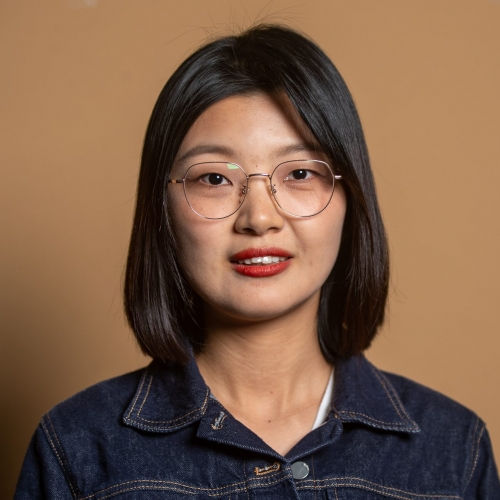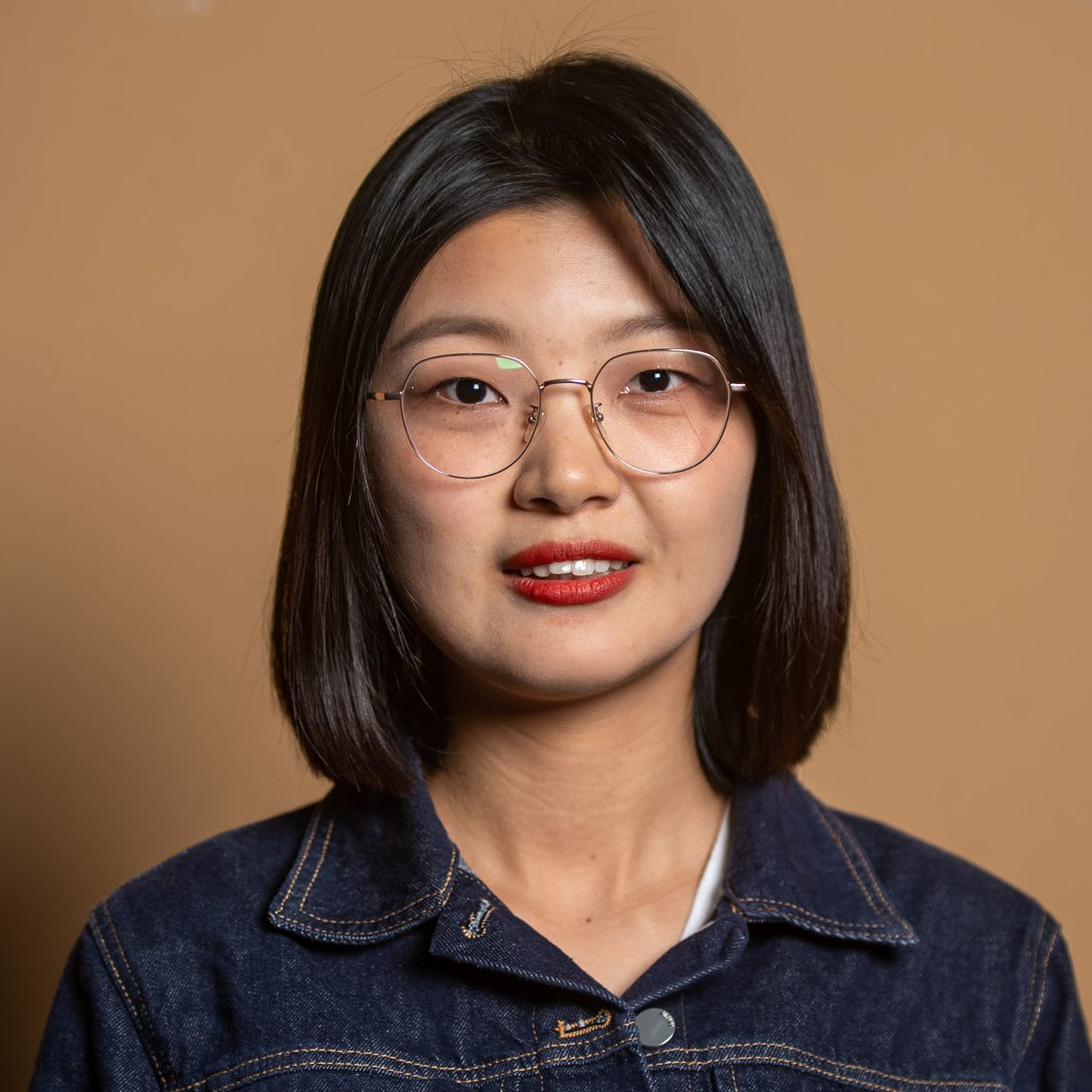
Yuanyuan Xu
University of New South Wales
I received my Master’s degree from Nankai University. I have published 5 papers at conferences and journals (e.g., CIKM, AAAI). Currently, my interests include Graph neural networks, Network analysis, and Machine learning. Specifically, I mainly focus on designing effective and efficient graph neural networks to process complex and large-scale graph/network data. Besides, I serve as the reviewer at conferences and journals (IJCAI, knowledge-based systems).
Can you give me a quick overview of the type of mathematics you are studying and its potential applications or outcomes
My research mainly uses two types of mathematics: matrix theory and convex optimization. Specifically, for the former, network data like protein network is generally transferred into vectors. When processing such data and designing models, matrix computation is inevitable. Correspondingly, we generally invoke the convex optimization technique to solve the model and achieve the optimal value.
One of the aims is to fast process the network/graph data using advanced computer science techniques and complete practical tasks in real-world learning scenarios like protein function prediction. By designing an effective and efficient model, we can help experts/researchers in biology better and fast analyse the experimental data and save a lot of labour.
We aim to implement our techniques in real-world applications, like social network analysis, and biological network analysis.
How did you get into the mathematical sciences/bioinformatics?
My major during the bachelor program is mathematics. I have always been interested in mathematical sciences and have some fundamentals. When entering in master’s program, my research topic is feature selection, whose famous application is gene selection. During this AMSI conference, I listened to three talks related to feature selection and attended a workshop that teaches us how to use feature selection to select discriminative and informative features.
In this sense, bioinformatics is closely related to my research work and I learnt a lot from AMSI BioInfoSummer. I think one of the practical and significant applications of computer science is bioinformatics since we can use advanced technology to analyse experimental data and save labour. As I listened to a talk “single-molecule tissue ad whole organ resolutions” by Dr Shila Ghazanfar at AMSI BioInfoSummer, computer vision techniques are used to analyse the micro-images and process spatial omics data, which is significant for biology. More importantly, some research in bioinformatics would improve well-being and personal health, thus having profound influences.
What advice would you give to your younger self or others wanting to studying the mathematical sciences?
I think having an interest in the field is essential for learning mathematical sciences because we need to study a lot of fundamentals, theorems and lemmas which may be dull. I recommend a book What is Mathematics, which inspires me a lot. Now, I still read this book when I have free time.
Then you can apply the learned knowledge into real-world applications, like computer science and bioinformatics. When using mathematics to solve practical problems, you will gain the achievement and motivation to study harder. Last, It is very important to find a concrete field of mathematics and learn deep knowledge.
What was your motivation for attending AMSI BioInfoSummer?
I am interested in bioinformatics and I also need to find a practical application and implement my proposed method to solve the related problem. So I was excited to have this opportunity to attend AMSI BioInfoSummer when my supervisor told me about this conference. I learnt how to use machine learning to solve problems in bioinformatics, which is critical to my further work. Inspired by these talks, I will carefully and thoroughly think about the application of my current research work.
AMSI BioInfoSummer is a great conference, where lots of great researchers give excellent talks covering many fields in bioinformatics. It is also a great place where you can raise your questions and have a chance to communicate with experts or senior researchers. It is a great opportunity to learn knowledge, expand social networks and broaden our horizons. Especially, you can not only learn the background of the research topic but also know the latest techniques in bioinformatics. If you have opportunity to attend the AMSI conference, don’t hesitate to join it.
What was a conference highlight for you?
AMSI BioInfoSummer includes different types of sessions, i.e., basic introduction, programming language, advanced techniques and related writing. During the week, I absorbed new knowledge and had the opportunity to further discuss with peers and researchers. I listened to over 15 talks and attended three great workshops. I found the How to write your first grant workshop by Prof Michael Stumpf particularly valuable. I now know the difference between grant writing and paper writing and how to write a grant application to improve my chances of success. That is the first time I have been exposed to this which will be very beneficial in my research career.
What was your main take away from AMSI BioInfoSummer?
First, I find that the research topic of my previous program (i.e., feature selection) can be applied for gene selection. When I listened to the talk Navigating heterogeneity with single-cell RNA-seq data, feature selection is an important technique to select discriminative and informative RNA-seqs. After that, I attended a workshop Introduction to analysing single-cell RNA-seq data which tauhgt me how to transfer RNA-seq data into vectors. Based on the transferred data, I can analyse the gene function and remove the redundant genes.
Where do you want the mathematical sciences to take you? Where do you see yourself in five or ten years’ time?
Mathematical science is an important and fundamental subject, which paves the way for my research work. It helps to better understand the computation process and experimental results. For me, I focus on graph neural networks, which is the low explainability, I intend to employ mathematical knowledge to improve the explainability of the proposed model. On other hand, I would like to use a spectral filter to encode the network structure and topological structure, aiming to reduce the computation complexity and improve the expressive ability of learned representations of structure.
In five or ten years’ time, I hope that I can continue working on graph computation and structure learning while finding a suitable application in real-world learning scenarios like gene pattern selection.

